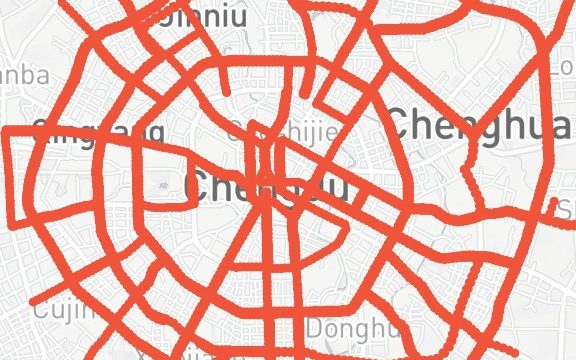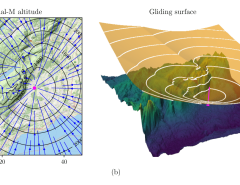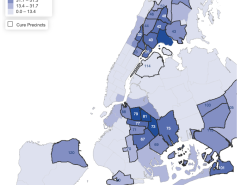Authors: Ke Han, Tao Huang, Wenbo Fan, Qian Ge, Shihui Dong, Xuting Wang
Published on: September 14, 2023
Impact Score: 8.38
Arxiv code: Arxiv:2309.07811
Summary
- What is new: Introduction of two new data sources (license plate cameras and road congestion indices) for studying macroscopic fundamental diagram models for road traffic, eliminating the need for assumptions of full observability, known detection rates, and uniform sensor distribution.
- Why this is important: Existing traffic models often rely on assumptions that are not practical, such as fully observable traffic volume, known detection rates of vehicles, and evenly distributed sensors.
- What the research proposes: A macroscopic fundamental diagram model with volume-delay relationship that uses data from license plate cameras and road congestion indices to estimate network saturation and efficiency without the impractical assumptions.
- Results: Successfully fitted an accumulation-based MFD for a 266 km2 urban network, achieving an R2 value over 0.9, and empirically verified the observability-invariant property for more accurate traffic volume estimation.
Technical Details
Technological frameworks used: Macroscopic fundamental diagram model with volume-delay relationship
Models used: First-order, nonlinear and implicit ordinary differential equation
Data used: License plate camera data, road congestion indices
Potential Impact
Urban planning agencies, traffic management and monitoring companies, smart city solution providers
Want to implement this idea in a business?
We have generated a startup concept here: StreamFlow Analytics.




Leave a Reply